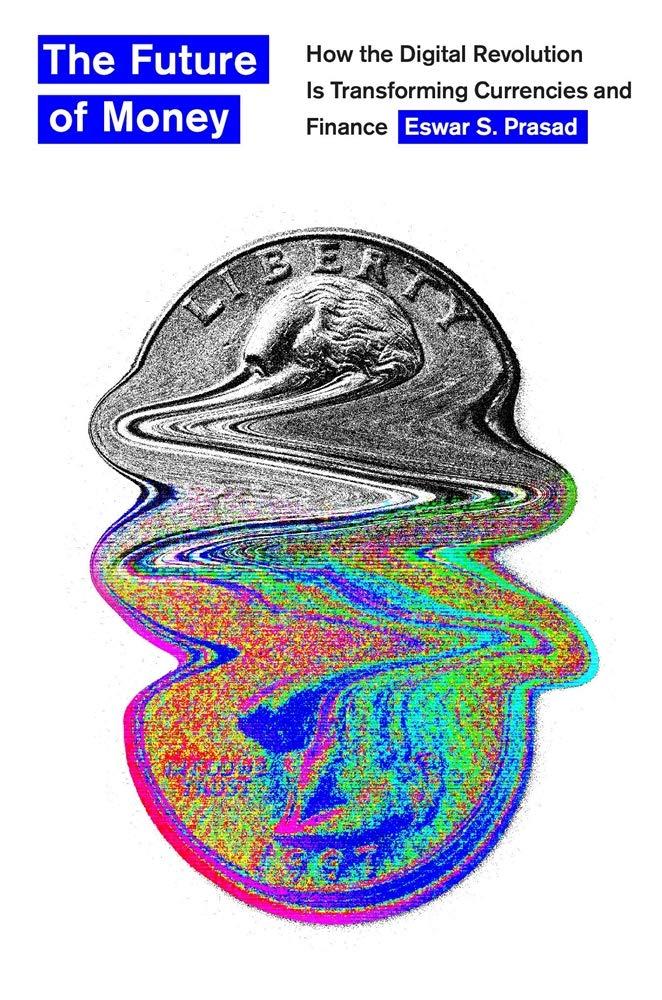Question
1. network differs to the transport layer in their connection service? a. network works between multiple hosts while transport works between two processes. b. network
1. network differs to the transport layer in their connection service? a. network works between multiple hosts while transport works between two processes. b. network works between two host (may also involve intervening routers in case of VCs) while transport works between two processes c. network works between two switches (may not involve intervening routers in case of VCs) while transport works between two processes. d. network works between two nodes (may not involve intervening routers in case of VCs) while transport works between two hosts.
2. The data link layer provides .... a. the functional and procedural means to transfer data between network entities and the means to detect and possibly correct errors that may occur in the link layer. b. the functional and procedural means to transfer data between network entities and the means to detect and possibly correct errors that may occur in the physical layer. c. data transfers between adjacent network nodes in a wide area network (WAN) or between nodes on the local area network (LAN) segment d. the functional and procedural means to transfer data between network entities and the means to detect and possibly correct errors that may occur in the application layer. e. the functional and procedural means to transfer data between network entities and the means to detect and possibly correct errors that may occur in the transport layer.
3. Two socket types for two transport services: a. use persistent HTTP b. use non-persistent HTTP c. UDP; unreliable datagram & TCP; reliable, byte stream-oriented d. TCP; unreliable datagram & UDP; reliable, byte stream-oriented
4. Transmission control protocol is: a. connection oriented protocol b. uses a three way handshake to establish a connection c. receives data from application as a single stream d. all correct
5. TCP & UDP requires ... but SSL provides ... , ... and ... a. encryption ... encrypted TCP connection ... data integrity ... data integrity ... end-point authentication. b. no encryption ... encrypted TCP connection ... data integrity ... data integrity ... end-point authentication. c. no encryption ... encrypted TCP connection ... data integrity ... data integrity ... user authentication. d. no encryption ... encrypted UDP connection ... data integrity ... data integrity ... end-point authentication.
6. non-persistent HTTP response time equals to: a. 3(Round trip time) + file transmission time b. (Round trip time) + file transmission time c. 2(Round trip time) + 2(file transmission time) d. 2(Round trip time) + file transmission time
7. In computer networks, an unsolicited transmission is ... a. a transmission that happens with the receiver knowledge (has the approval of the firewall to allow the transmission). b. a transmission in which the sender knows that a transmission is about to happens as they requested for the transmission (does not need a firewall hole/rule to return). c. probably dangerous because it may contain a mallware or virus d. a transmission that happens without the receiver knowing (may require a firewall hole/rule to allow the transmission) e. an unwanted transmission of data
8. which of the following communication modes support two-way traffic but in only one direction at a time.. a. three-quaters duplex b. simplex c. half duplex
9. User datagram protocol is called connectionless because ... a. all UDP packets are treated independently by transport layer b. all UDP packets are treated independently by transport layer AND it sends data as a stream of related packets. c. it sends data as a stream of related packets d. none of above answers
10. persistent HTTP requires: a. 2(Round trip time) + file transmission time b. as little as two RTT for all the referenced objects c. one file transmission time d. as little as one RTT for all the referenced object
11. How does HTTP maintain its inherent NOT stateless condition... a. use cookie b. use non-persistent HTTP c. use persistent HTTP d. question is wrong
How to answer above questions based on networking & communication data with explanations?
Step by Step Solution
There are 3 Steps involved in it
Step: 1

Get Instant Access to Expert-Tailored Solutions
See step-by-step solutions with expert insights and AI powered tools for academic success
Step: 2

Step: 3

Ace Your Homework with AI
Get the answers you need in no time with our AI-driven, step-by-step assistance
Get Started


